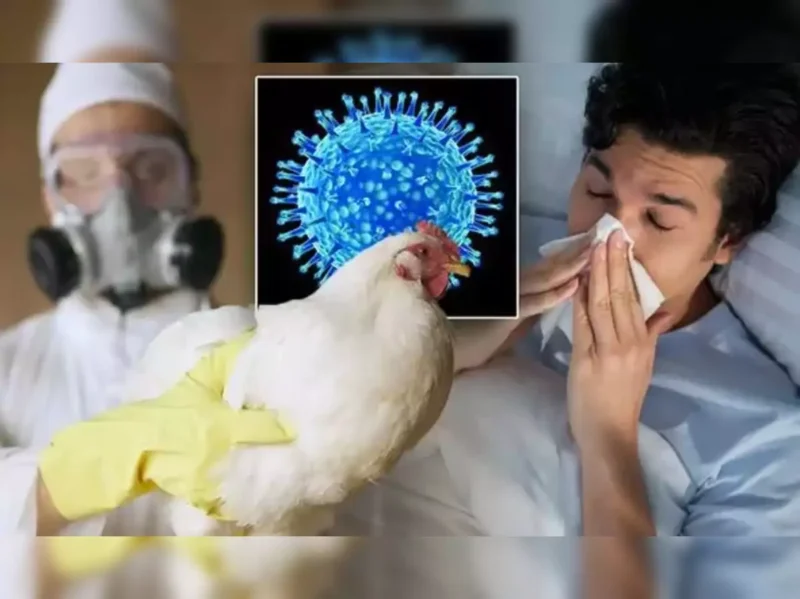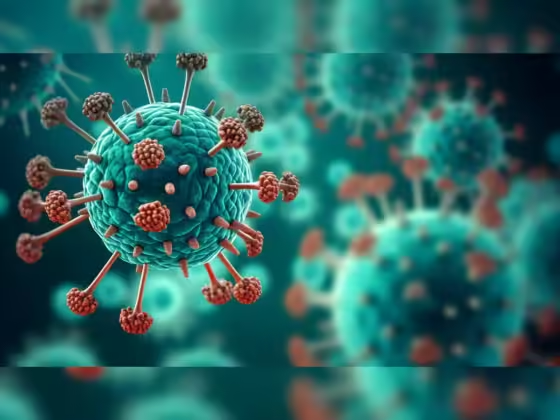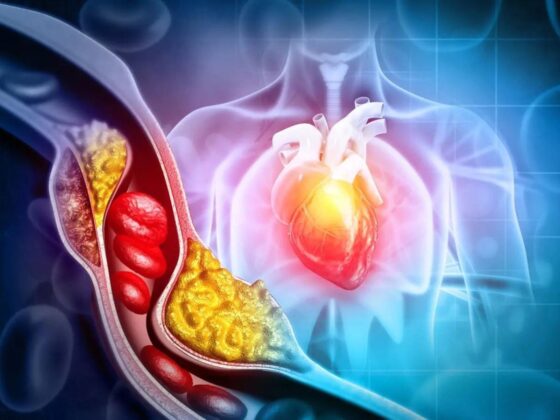New Delhi, 08 January 2025: In a concerning development, the United States has reported its first human fatality caused by avian influenza, commonly known as bird flu. The case has prompted public health authorities to issue warnings and urge vigilance. Experts describe the virus as “lethal,” emphasizing the need for early detection, diagnosis, and preventive measures. Here’s what you need to know about the symptoms, risks, and response to this outbreak.
The First US Human Fatality: A Critical Moment in Public Health
The Centers for Disease Control and Prevention (CDC) confirmed the death of a person infected with the H5N1 strain of bird flu. This marks the first recorded human fatality from the virus in the United States, though such cases have been reported globally in the past.
The individual, whose identity remains undisclosed for privacy reasons, had direct exposure to infected poultry, a common mode of transmission for the virus. Health officials are closely monitoring individuals who were in contact with the victim, and so far, no further infections have been reported.
What Makes Bird Flu So Dangerous?
Avian influenza primarily infects birds, but certain strains, such as H5N1 and H7N9, have been known to cross species barriers, infecting humans with severe consequences. According to Dr. Jenna Holmes, an infectious disease expert, “The virus is considered highly lethal due to its ability to cause acute respiratory distress and systemic organ failure in severe cases.”
While human-to-human transmission remains rare, experts are keeping a close watch to prevent any mutation that could increase transmissibility among humans.
Recognizing Bird Flu Symptoms
The symptoms of bird flu in humans can range from mild to severe and often resemble those of seasonal flu, making early detection challenging. Common symptoms include:
High Fever: Persistent fever above 100.4°F (38°C).
Cough and Sore Throat: Common respiratory symptoms that worsen over time.
Shortness of Breath: Difficulty breathing, often accompanied by chest pain.
Muscle Aches and Fatigue: Extreme tiredness and body pain.
Conjunctivitis: In some cases, eye inflammation or redness may occur.
Severe cases can progress to pneumonia, multi-organ failure, and death, particularly if treatment is delayed.
How Is Bird Flu Diagnosed?
Accurate and timely diagnosis of bird flu is critical for effective treatment. Diagnostic measures include:
RT-PCR Tests: These tests detect the genetic material of the virus in respiratory samples.
Blood Tests: To identify antibodies against the virus.
Chest X-Rays: Used in severe cases to check for pneumonia or lung damage.
Experts recommend consulting a healthcare provider immediately if symptoms persist after potential exposure to infected birds.
Preventive Measures and Public Response
While the fatality in the US has raised alarms, public health authorities are emphasizing that the risk to the general population remains low. The CDC and World Health Organization (WHO) have outlined measures to prevent infection:
Avoid Direct Contact: Limit exposure to birds, particularly in outbreak areas.
Practice Good Hygiene: Wash hands frequently with soap and water, especially after handling animals.
Use Personal Protective Equipment (PPE): For individuals working with poultry or wildlife.
Cook Poultry Thoroughly: Ensure that poultry products are cooked to an internal temperature of 165°F (74°C) to kill any potential virus.
The CDC is also urging individuals who develop flu-like symptoms after exposure to birds to seek medical attention promptly.
Globally, over 860 human cases of avian influenza have been reported to the WHO since 2003, with a high mortality rate. In response to the US fatality, the CDC has heightened surveillance and is working closely with local health departments to monitor any potential spread.
The public health response includes raising awareness, improving diagnostic capabilities, and increasing vaccine research to combat the H5N1 virus.
The first human bird flu death in the US underscores the ongoing risk of zoonotic diseases and the need for heightened vigilance. While the likelihood of widespread human transmission remains low, understanding the symptoms and seeking timely medical care are crucial steps in mitigating the impact of this potentially lethal virus. Authorities continue to monitor the situation closely, emphasizing prevention and preparedness to safeguard public health.






